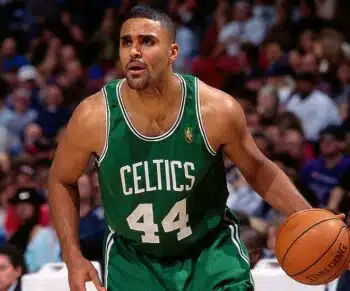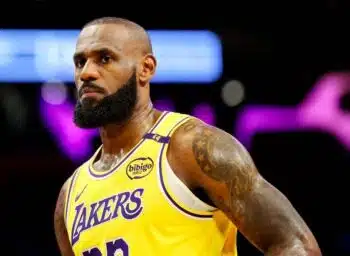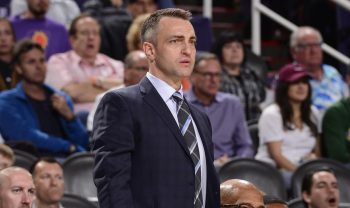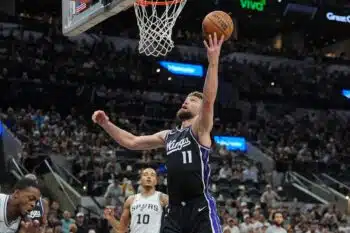Research Features
Duke Basketball Recruiting: How Will Sebastian Wilkins Fit?
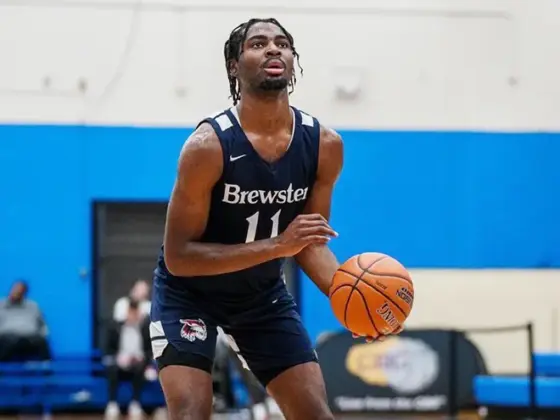
Jon Scheyer’s dream offseason continued this week, as four-star wing Sebastian Wilkins reclassified to 2025 and committed to Duke. He chose the Blue Devils over Maryland, passing up a possibly greater role to play in Durham.
Wilkins would have joined a rebuilt Maryland roster featuring nine incoming transfers under new head coach Buzz Williams. He’d have to earn his spot, but Wilkins’ prospect pedigree could lead him to a feature role as a freshman. For the Blue Devils, that most likely won’t be the case.
Before Wilkins’ arrival, Duke landed four top-40 freshmen (Cameron Boozer, Cayden Boozer, Nik Khamenia) and an elite international prospect (Dame Sarr). Beyond their incredible freshman talent, Scheyer will return Patrick Ngongba, Darren Harris, Isaiah Evans and Maliq Brown, helping form an already loaded core.
Wilkins’ decision to join the Blue Devils this season might not result in tons of playing time in year one, similar to what Ngongba and Harris experienced. That development time on the bench could benefit his long term growth significantly, though, as Wilkins may not have the skillset to contribute to winning basketball on day one.
Though Wilkins hasn’t produced elite defensive numbers, his frame and athleticism could help him add value on defense early on in his career. Standing 6’8 with a long wingspan, Wilkins can blow up plays with his length and speed. He flashed some utility as a weak-side rim protector, which will help him thrive playing in bigger lineups.
How will Wilkins fit offensively at Duke?
In high school, Wilkins spends much of his time on offense as a primary scoring option. He won’t repeat that role this season at Duke, which will be for the best. Wilkins hasn’t been an efficient offensive player, logging solid efficiency (56.2% true shooting) in his final season at Brewster Academy after a less efficient 2024 AAU season on the Adidas Circuit (48.2% true shooting).
Wilkins appeared in six games before his reclassification with his Mass Rivals’ 17u squad, averaging 18.7 points and 8.2 rebounds on a solid 54.5% true shooting clip. For his AAU team, Wilkins creates plenty of solo offense; isolations were his second most common playtype (15.9% frequency) in those six games.
At the college level, Wilkins will spend more time cutting to the basket, crashing the offensive glass and scoring opportunistically. He dominates high school competition with his size and length but must adjust against college athletes. A limited handle will confine Wilkins to a mostly off-ball role early on, where he can finish plays created by his teammates.
How can Wilkins keep improving?
His 3-point shooting may swing his eventual ceiling, making the difference between a low-usage role player and an impact starter. Wilkins hasn’t shot the ball efficiently from deep so far, converting 29.3% (60/205) on threes since the beginning of his 2024 AAU season.
That 3-point shooting, paired with sub-70% free-throw shooting across that same time span, casts some doubt on Wilkins’ shooting growth. He did flash improvement during the beginning of his 2025 AAU season, making six of 14 off-dribble threes. Those moments, alongside impressive movement shooting flashes, could beget latent shooting growth.
Wilkins’ main offensive weaknesses revolve around passing. He’s posting a poor 0.24 assist-to-turnover ratio to begin the 2025 AAU season after logging a 0.36 figure last season. Wilkins shouldn’t be relied on to create for others at Duke and his processing limitations could limit his overall offensive impact.
But Wilkins may not have to add tons of value to the Blue Devils in year one. He’ll trust in Scheyer’s development to help him become a positive player. Wilkins’ physical potential is high and enough time in Duke’s system could help him blossom into an excellent college basketball player.
All Stats via Synergy
